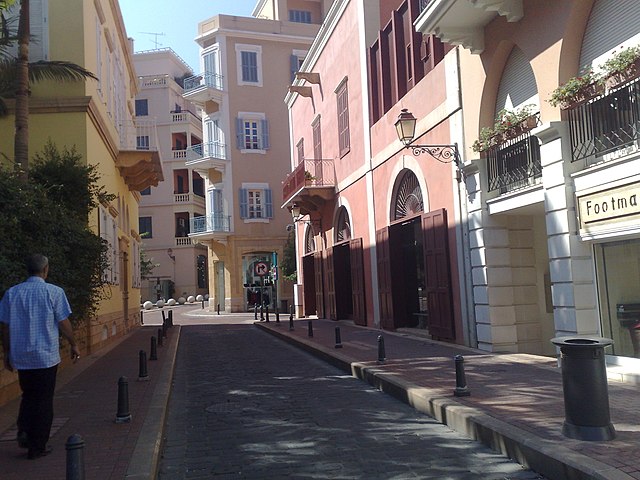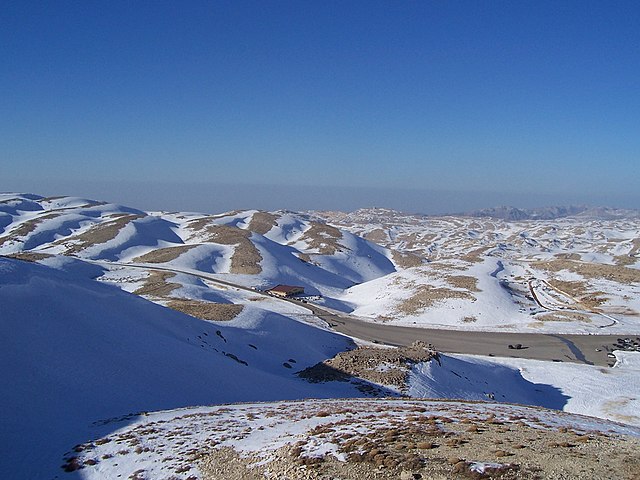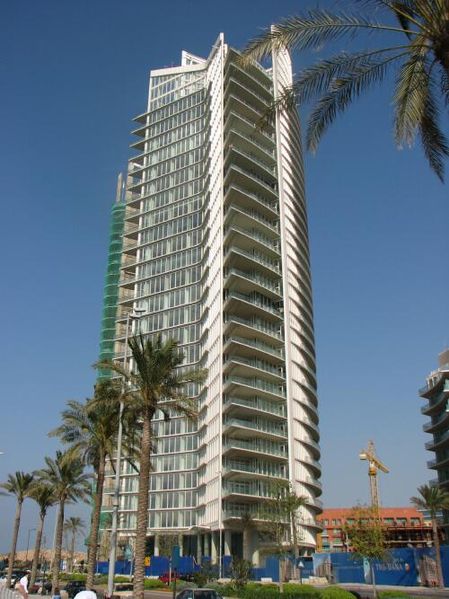The economy of Lebanon has been experiencing a large-scale multi-dimensional crisis since 2019, including a banking collapse, the Lebanese liquidity crisis and a sovereign default. It is classified as a developing, lower-middle-income economy. The nominal GDP was estimated at $19 billion in 2020, with a per capita GDP amounting to $2,500. In 2018 government spending amounted to $15.9 billion, or 23% of GDP.
Beirut Central District
A pedestrian-only street in Beirut's central district.
Faraya in Mount Lebanon Governorate. The Lebanese economy depends on its tourism sector throughout all seasons of the year. Tourists from Europe, GCC, and Arab countries visit Lebanon for various reasons.
Marina Towers, Beirut
Lebanese liquidity crisis
The Lebanese liquidity crisis is an ongoing financial crisis affecting Lebanon, that became fully apparent in August 2019, and was further exacerbated by the COVID-19 pandemic in Lebanon, the 2020 Beirut port explosion and the Russian invasion of Ukraine. The country experienced liquidity shortages in the years prior to 2019 but the full extent of the fragility of the economy were concealed through financial engineering by the governor of the central bank. Lebanon's crisis was worsened by United States sanctions targeting Syria's government and Iran-backed Hezbollah.
Bundle of Lebanese pounds worth considerably less





